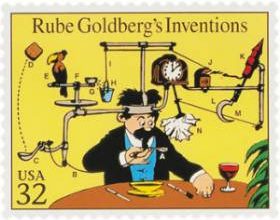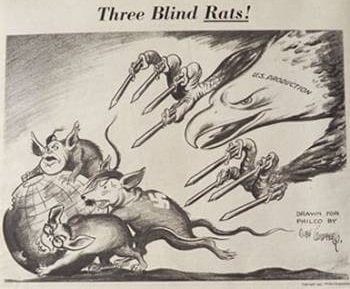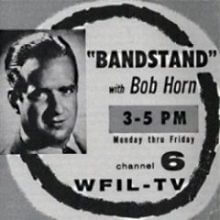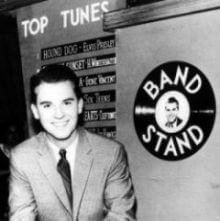International Cherry Pit Spitting Championship
 July 5, 2025, is the 52nd Annual International Cherry Pit Spitting Championship, held each year in Eau Claire, MI, on the first Saturday of July. It has been billed as a “Spit-tacular Day” where you can “spit your pit in public with only a minimal loss of dignity while gaining fame.”
July 5, 2025, is the 52nd Annual International Cherry Pit Spitting Championship, held each year in Eau Claire, MI, on the first Saturday of July. It has been billed as a “Spit-tacular Day” where you can “spit your pit in public with only a minimal loss of dignity while gaining fame.”There are some interesting ground rules. The spitting range is available for practice spitting from 10:00 a.m. until noon. Those wishing to practice are limited to a maximum of three spits.
No foreign objects may be held in the mouth which would give an advantage in spitting the pit. Denture racks will be provided for those wishing to remove their teeth.
We assume organizers accept no responsibility for lost property due to someone mistakenly taking the wrong dentures after the contest or intentionally taking someone else’s because they’re a nicer set of choppers. (Note: The perpetrator will be the person who never smiles when you’re around.)
Contestants must select three cherries from the regulation variety (Montmorency) supplied by the tournament committee. Cherries must be washed and chilled to 55-60°F pit temperature.
When called by the tournament judge, the contestant has 60 seconds to insert the whole cherry, chew and swallow everything but the pit and get to the line. No part of the cherry may be removed after insertion. The spit is forfeited if a pit is swallowed. Hands must stay below the shoulders to prevent popping one’s cheeks.
Spitters must stand flat on the ground — or ground level platform — to spit. Spitters are prohibited from using any kind of mechanical or other device to improve body thrust or spit length (including hydraulic hoists, wall support, etc.)
The contest is serious business. In addition to a distance judge, line judge, timekeeper, and scorekeeper, there is an official tournament judge, honorary judges, an emcee, and announcer—described as spit-by-spit announcer and color man—and a pit sweeper, which has our vote for least glamorous duty.
The first champion back in 1974 was Dan Kingman of Dowagiac, MI, with a distance of 41 feet. In 2015, Megan Ankrapp of Buchanan, MI, took the prize with a spit of 49 feet ¼ inch. Who will break Guinness Book’s world record? Do you have what it takes? It’s never too late to start practicing, preferably outside, where it’s less messy.
This year, if you have DirectTV, you can tune in for the festivities. Enjoy, but please refrain from spitting in the house. It’s hard to get the stains out of the carpet.




 Today is Rock ‘n’ Roll Day. It marks an end as well as a beginning. On July 9, 1956, Dick Clark took over as the host of a show called Bandstand. Less than three weeks before, it had slipped through another man’s hands.
Today is Rock ‘n’ Roll Day. It marks an end as well as a beginning. On July 9, 1956, Dick Clark took over as the host of a show called Bandstand. Less than three weeks before, it had slipped through another man’s hands.